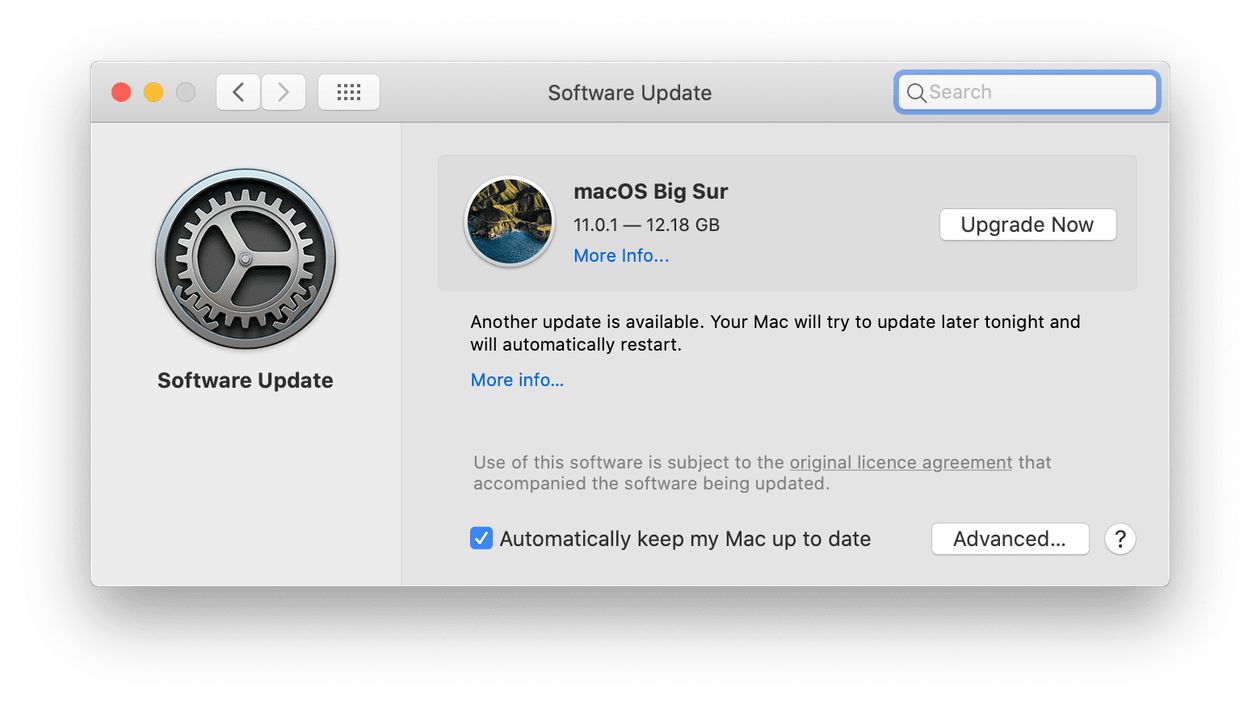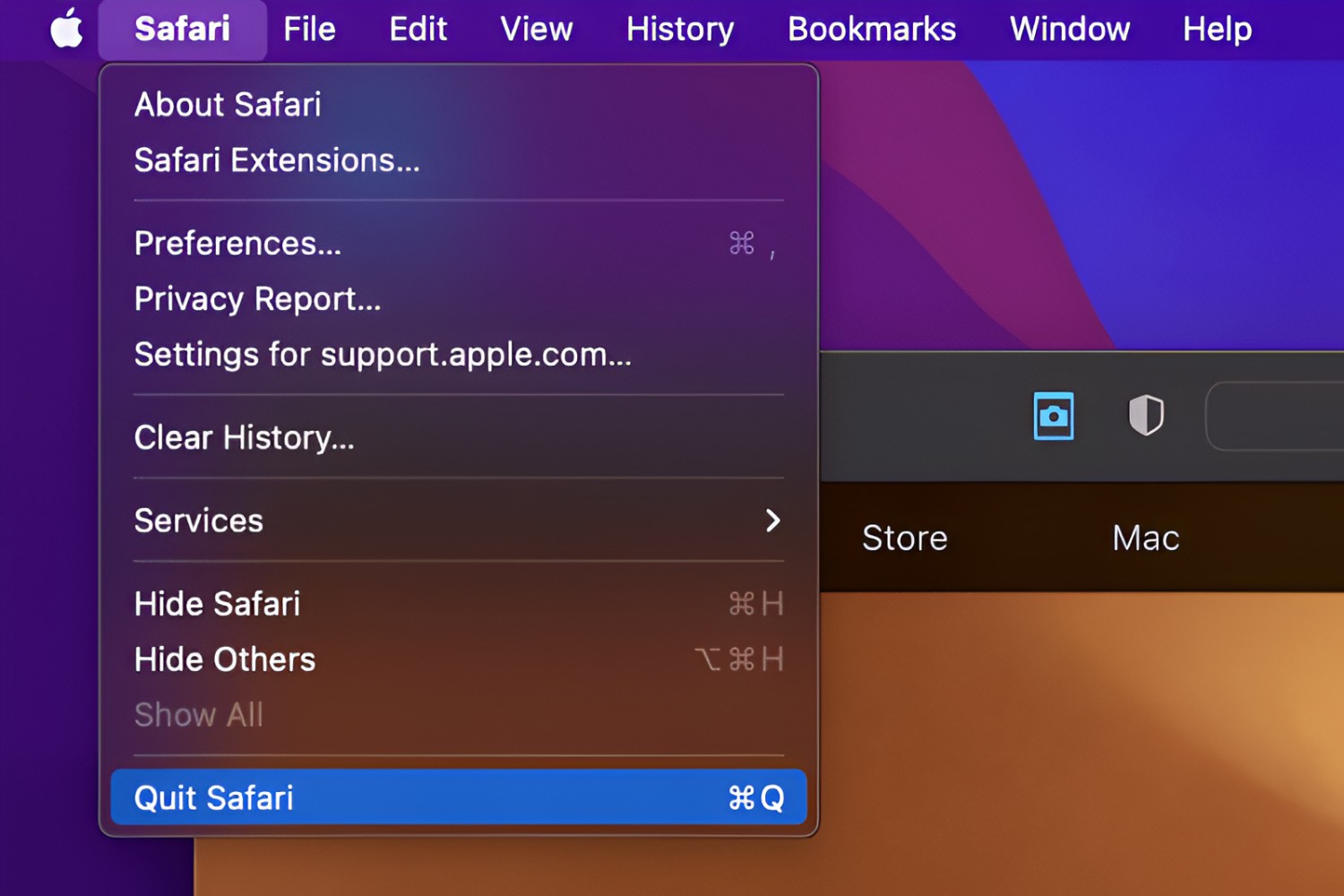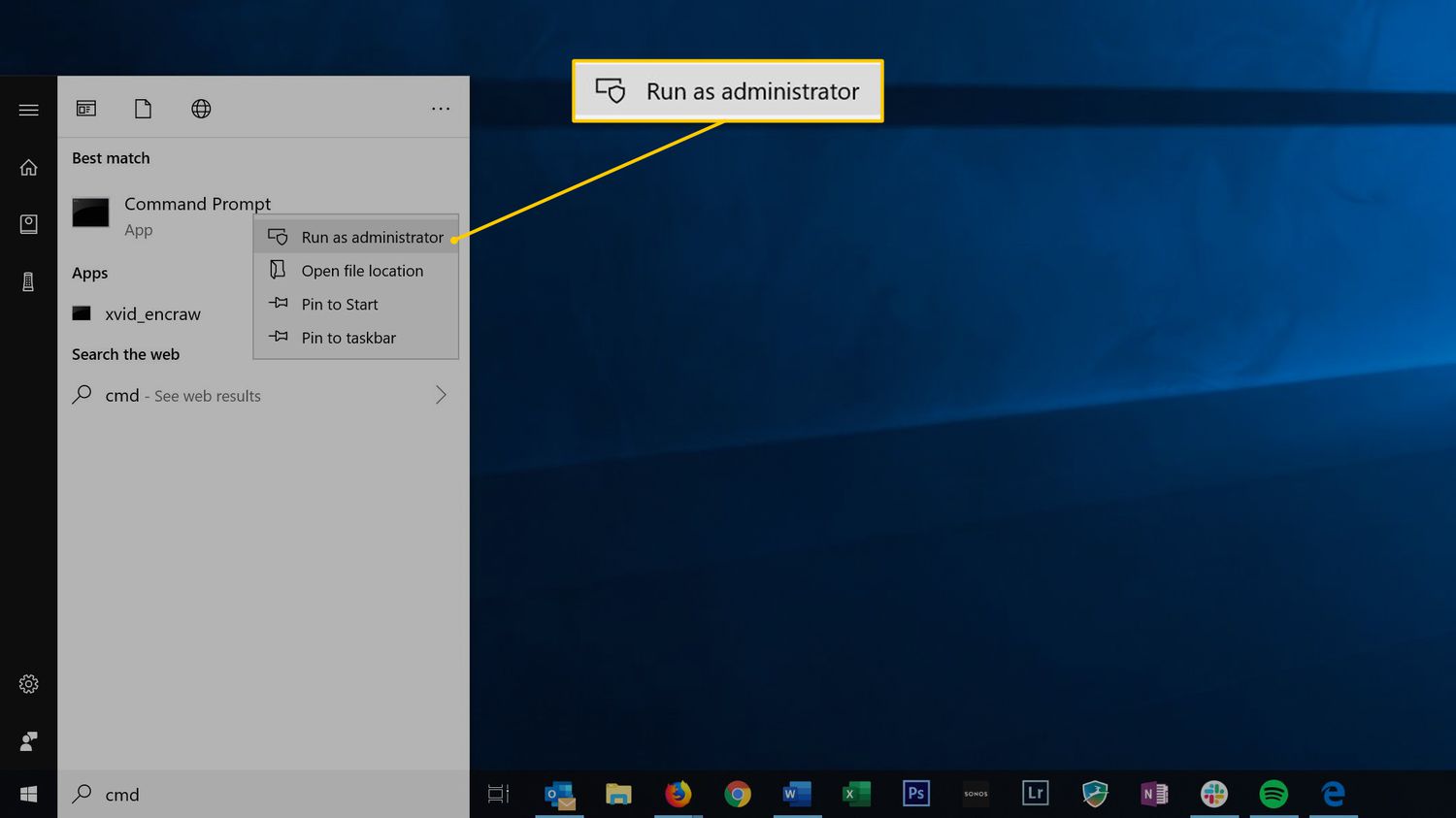Introduction
Closing Safari on your Mac may seem like a simple task, but there are several methods to achieve this. Whether you prefer using the menu bar, keyboard shortcuts, or the force quit option, each approach offers its own set of advantages. Understanding these methods will empower you to navigate Safari with ease and efficiency, ensuring a seamless browsing experience.
In this article, we will explore the various ways to close Safari on your Mac. By familiarizing yourself with these methods, you can effortlessly manage your browsing sessions and optimize your Mac's performance. Whether you're a seasoned Mac user or a newcomer to the platform, mastering these techniques will enhance your overall browsing experience and streamline your workflow.
Let's delve into the different methods for closing Safari on your Mac, providing you with the knowledge and confidence to navigate your browser with precision and control. Whether you're seeking to streamline your workflow, troubleshoot browser issues, or simply improve your browsing efficiency, understanding these methods will equip you with the tools to achieve your goals.
Method 1: Using the Menu Bar
Closing Safari using the menu bar is a straightforward and commonly used method. It provides a convenient way to gracefully exit the browser while also accessing additional options. Here's how you can close Safari using the menu bar:
-
Navigate to the Menu Bar: At the top of your screen, you'll find the menu bar. Look for the "Safari" option on the far left of the menu bar. Click on it to reveal a dropdown menu.
-
Select "Quit Safari": Once the dropdown menu appears, navigate to the bottom and locate the "Quit Safari" option. Click on it, and a prompt will appear, asking if you want to keep the windows open or quit immediately.
-
Choose Your Preference: If you have multiple tabs or windows open, Safari will prompt you to choose whether you want to keep the windows open or quit immediately. Select your preference based on your current browsing session.
-
Confirm Your Decision: After selecting your preference, click "Quit" to close Safari. This action will gracefully exit the browser, allowing any active processes to conclude before shutting down.
Using the menu bar to close Safari offers a controlled and organized approach to ending your browsing session. It allows you to manage your open windows and tabs effectively, ensuring that you can resume your browsing seamlessly when you reopen the browser. Additionally, this method provides a visual and intuitive way to access essential browser functions, empowering you to navigate Safari with ease.
By mastering the use of the menu bar to close Safari, you can streamline your browsing experience and maintain a clutter-free workspace on your Mac. This method exemplifies the user-friendly design of Safari, offering a simple yet effective way to manage your browsing sessions. Whether you're a casual user or a power browser, utilizing the menu bar to close Safari is a fundamental skill that enhances your overall browsing efficiency.
Method 2: Using Keyboard Shortcuts
Utilizing keyboard shortcuts to close Safari on your Mac offers a swift and efficient method to end your browsing session without the need to navigate through menus. These shortcuts are designed to streamline your workflow, allowing you to perform tasks with minimal effort. Here's how you can close Safari using keyboard shortcuts:
-
Press Command + Q: While Safari is active, simply press the Command key along with the Q key (Command + Q) simultaneously. This keyboard shortcut triggers the quit command, prompting Safari to close immediately.
-
Confirm Closure: Upon pressing Command + Q, Safari will prompt you to confirm the closure. If you have multiple tabs or windows open, the prompt will ask if you want to keep the windows open or quit immediately. Use the arrow keys to navigate and press Enter to select your preference.
-
Efficient Browsing: By incorporating keyboard shortcuts into your browsing routine, you can swiftly close Safari without interrupting your workflow. This method is particularly beneficial for users who prefer to navigate their computers primarily using keyboard commands, enhancing their overall browsing efficiency.
-
Customization: Additionally, Mac users have the flexibility to customize keyboard shortcuts through System Preferences. This allows you to tailor the shortcuts to align with your browsing habits, further optimizing your browsing experience.
-
Streamlined Workflow: Mastering keyboard shortcuts for closing Safari empowers you to maintain a streamlined workflow, reducing the time and effort required to manage your browsing sessions. Whether you're a multitasking professional or a casual user, integrating keyboard shortcuts into your routine enhances your overall browsing efficiency.
By leveraging keyboard shortcuts to close Safari, you can expedite the process of ending your browsing session, allowing you to seamlessly transition to other tasks on your Mac. This method exemplifies the user-centric design of Safari, catering to users who value speed and convenience in their browsing experience. Whether you're navigating multiple tabs or swiftly wrapping up your browsing session, keyboard shortcuts offer a seamless and efficient approach to closing Safari on your Mac.
Method 3: Using Force Quit
In certain situations, you may encounter unresponsive behavior or unexpected issues while using Safari on your Mac. When traditional methods of closing the browser, such as using the menu bar or keyboard shortcuts, prove ineffective, utilizing the Force Quit option becomes essential. This method provides a powerful and direct approach to terminating unresponsive applications, including Safari. Here's how you can use Force Quit to close Safari on your Mac:
-
Access the Force Quit Window: To initiate the Force Quit process, press "Command + Option + Esc" simultaneously. This key combination triggers the Force Quit Applications window to appear, displaying a list of active applications, including Safari.
-
Select Safari: Within the Force Quit Applications window, locate Safari in the list of active applications. If Safari is unresponsive or behaving unexpectedly, it will be indicated as "Not Responding" next to the application name.
-
Click "Force Quit": After selecting Safari from the list, click the "Force Quit" button located in the bottom right corner of the window. This action forcefully terminates the Safari application, closing all associated windows and processes.
-
Confirm the Action: A confirmation dialog will appear, prompting you to confirm the Force Quit action. Click "Force Quit" to proceed. This step ensures that the unresponsive Safari application is forcefully closed, allowing you to resolve any issues and resume your browsing activities.
Using Force Quit to close Safari provides a robust solution for addressing unresponsive browser instances, enabling you to regain control of your browsing experience. This method serves as a valuable troubleshooting tool, allowing you to swiftly resolve issues that may hinder your browsing activities. Whether you encounter a frozen webpage, unresponsive tabs, or other unexpected behavior in Safari, the Force Quit option offers a decisive way to terminate the application and restore normal functionality to your browsing session.
By mastering the Force Quit method, you can effectively manage unforeseen browser issues, ensuring that your browsing experience remains smooth and uninterrupted. This approach exemplifies the versatility and reliability of macOS, empowering users to address and resolve application-related challenges with ease. Whether you're a casual user or a seasoned Mac enthusiast, understanding how to use Force Quit to close Safari equips you with the knowledge to navigate and troubleshoot browser issues effectively.
Conclusion
In conclusion, mastering the various methods for closing Safari on your Mac empowers you to navigate your browsing sessions with precision and efficiency. Whether you prefer using the menu bar, keyboard shortcuts, or the Force Quit option, each approach offers unique advantages tailored to different browsing scenarios.
By utilizing the menu bar to close Safari, you can gracefully exit the browser while accessing additional options with ease. This method provides a visual and intuitive way to manage your browsing sessions, allowing you to maintain a clutter-free workspace on your Mac. Whether you have multiple tabs open or simply want to conclude your browsing session seamlessly, the menu bar offers a controlled and organized approach to closing Safari.
Integrating keyboard shortcuts into your browsing routine streamlines the process of ending your browsing session, catering to users who value speed and convenience. The Command + Q shortcut provides a swift and efficient way to close Safari without interrupting your workflow. Additionally, the flexibility to customize keyboard shortcuts through System Preferences allows you to tailor the shortcuts to align with your browsing habits, further optimizing your browsing experience.
In situations where traditional methods prove ineffective, the Force Quit option becomes essential for addressing unresponsive behavior or unexpected issues in Safari. This powerful method provides a decisive way to terminate the application, enabling you to regain control of your browsing experience and swiftly resolve any challenges that may arise.
Mastering these methods equips you with the knowledge and confidence to navigate Safari with ease, ensuring a seamless browsing experience on your Mac. Whether you're a casual user or a power browser, understanding these techniques enhances your overall browsing efficiency and empowers you to troubleshoot browser issues effectively.
By familiarizing yourself with these diverse approaches to closing Safari, you gain the ability to tailor your browsing experience to your preferences and seamlessly manage your browsing sessions. Whether you seek to streamline your workflow, troubleshoot browser issues, or simply improve your browsing efficiency, these methods provide you with the tools to achieve your goals and optimize your overall browsing experience on your Mac.

























